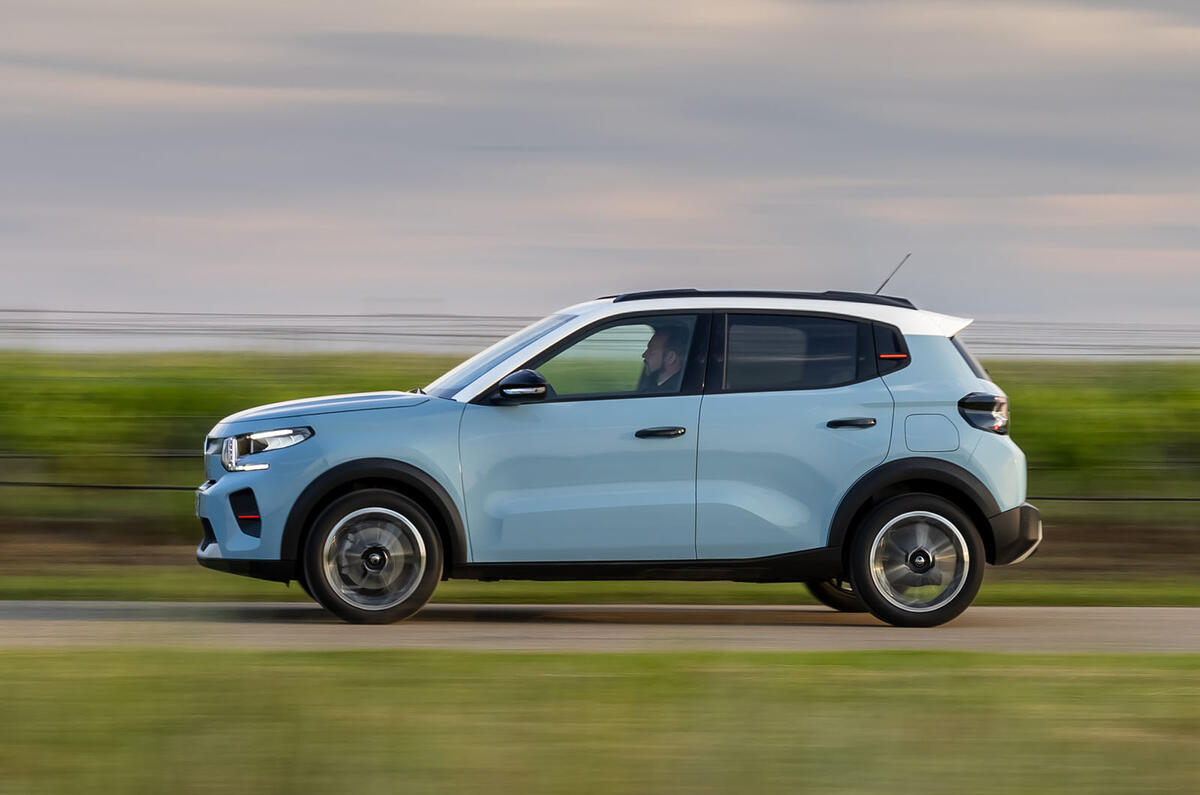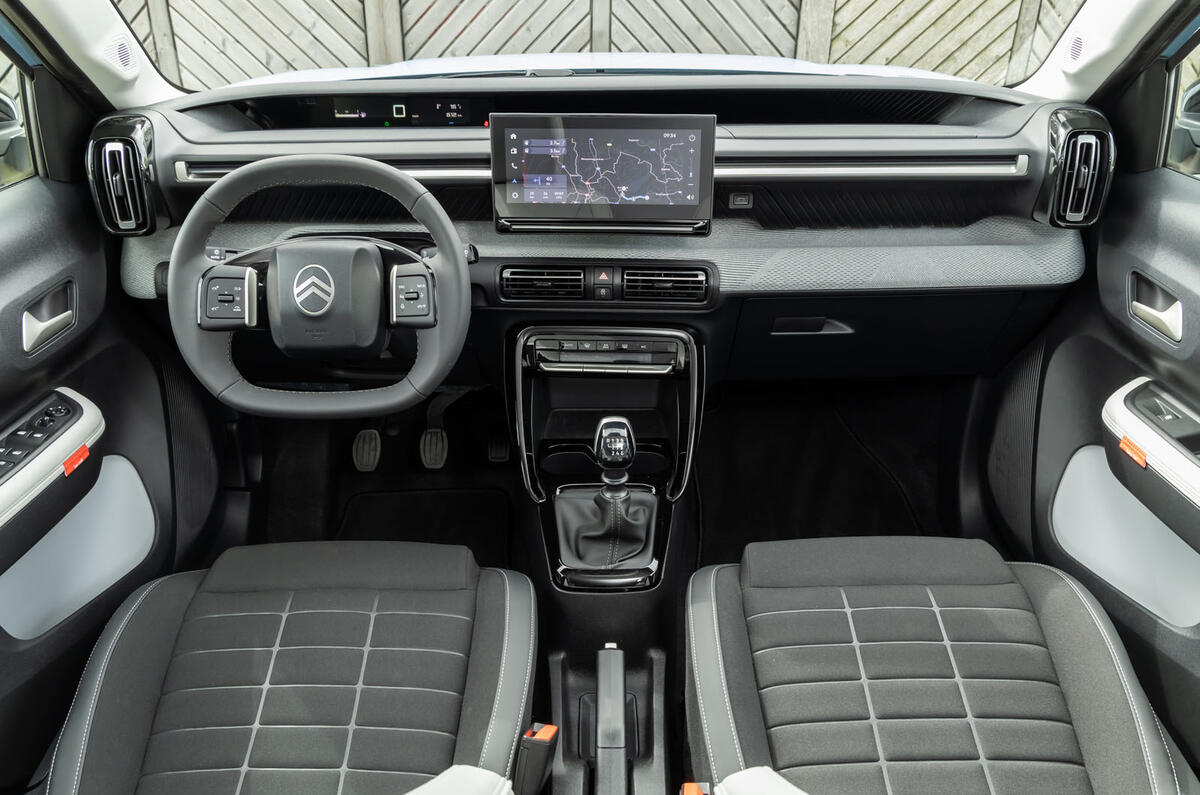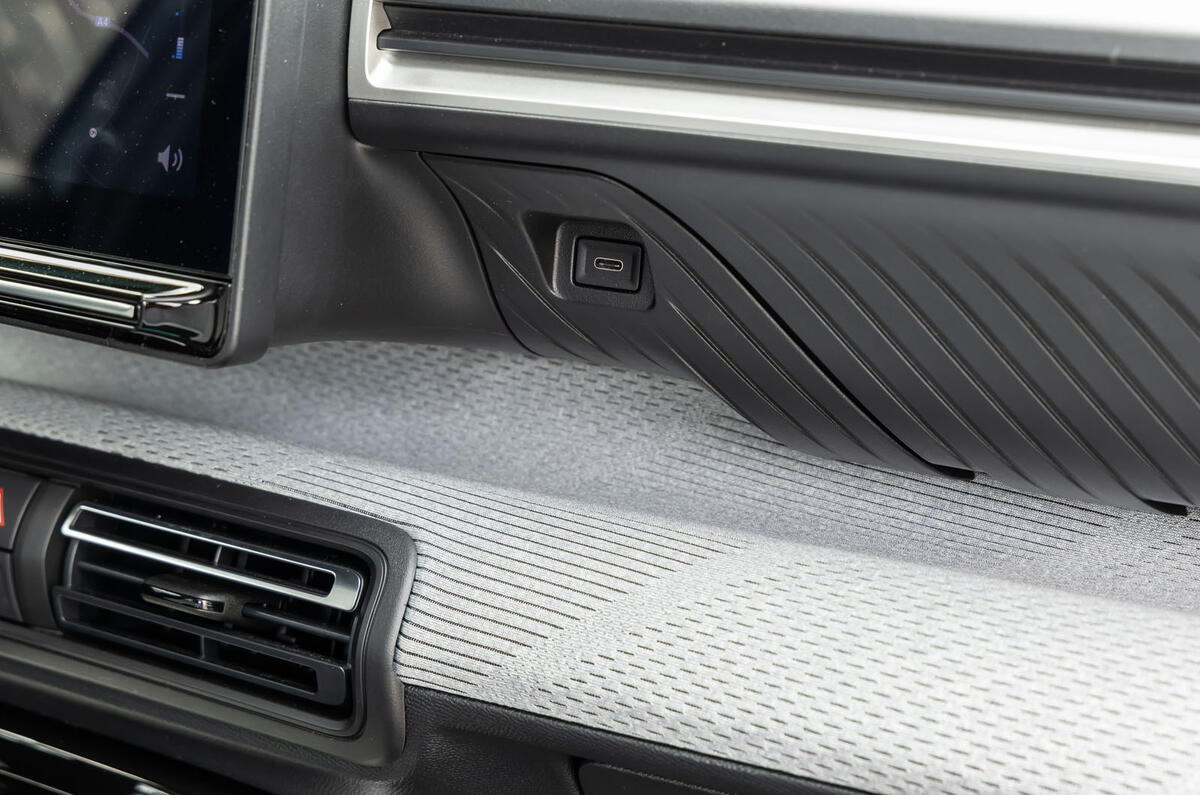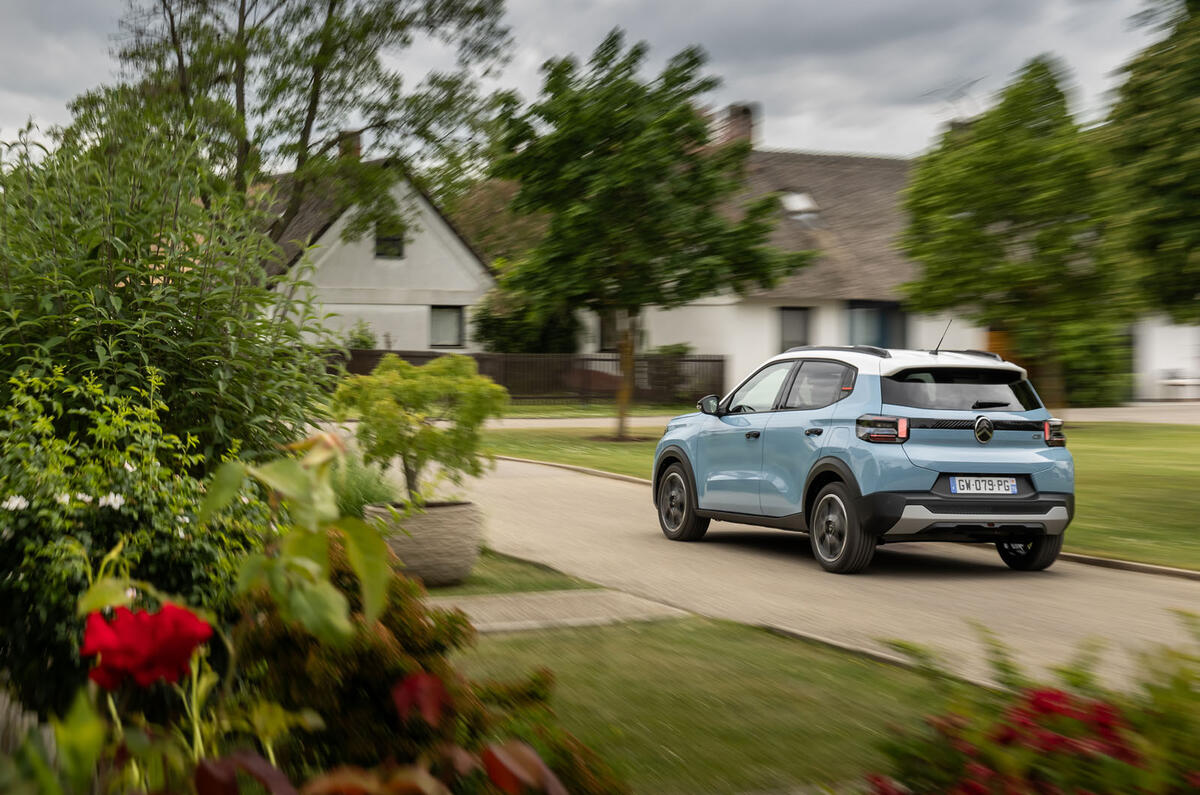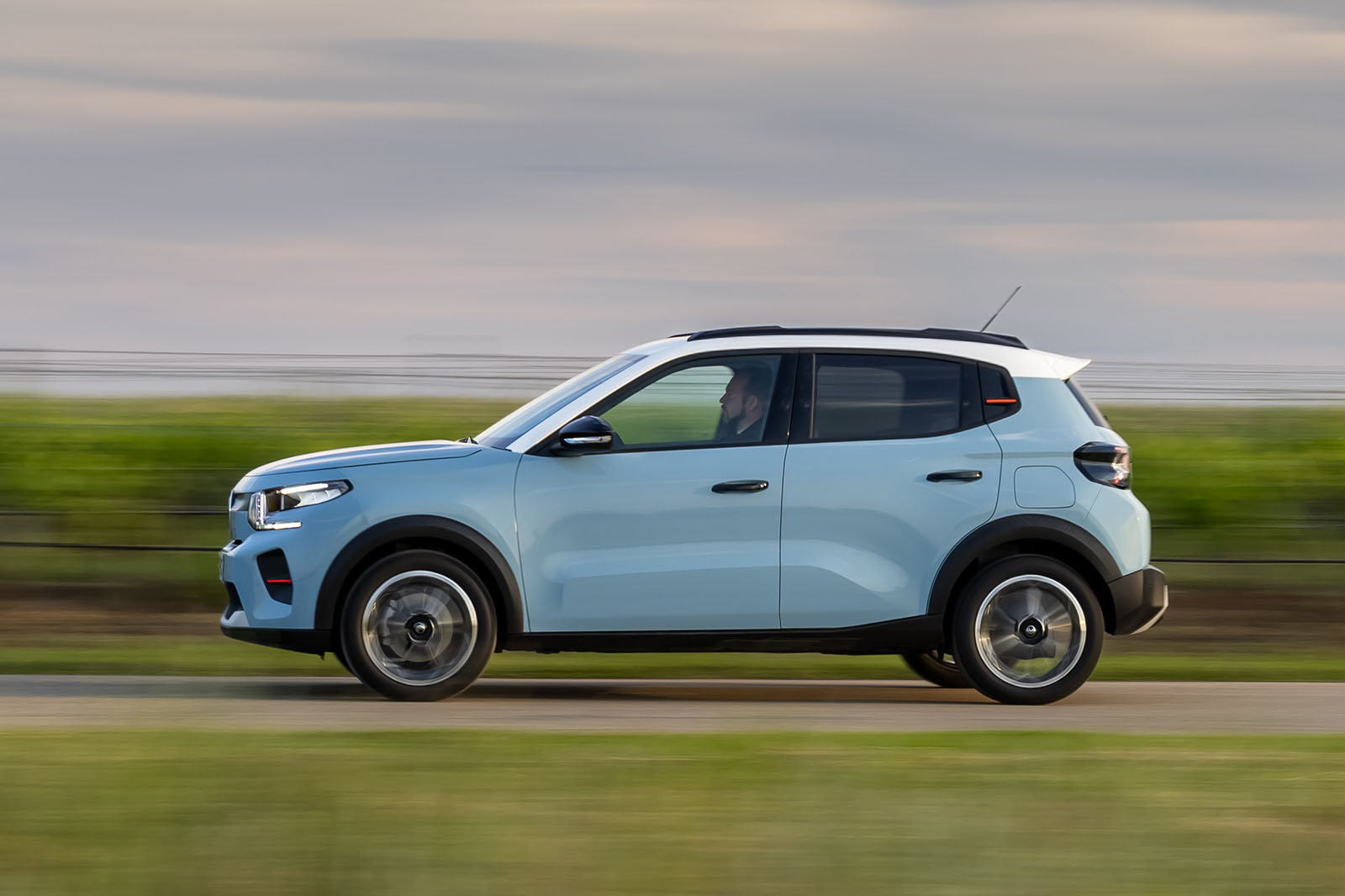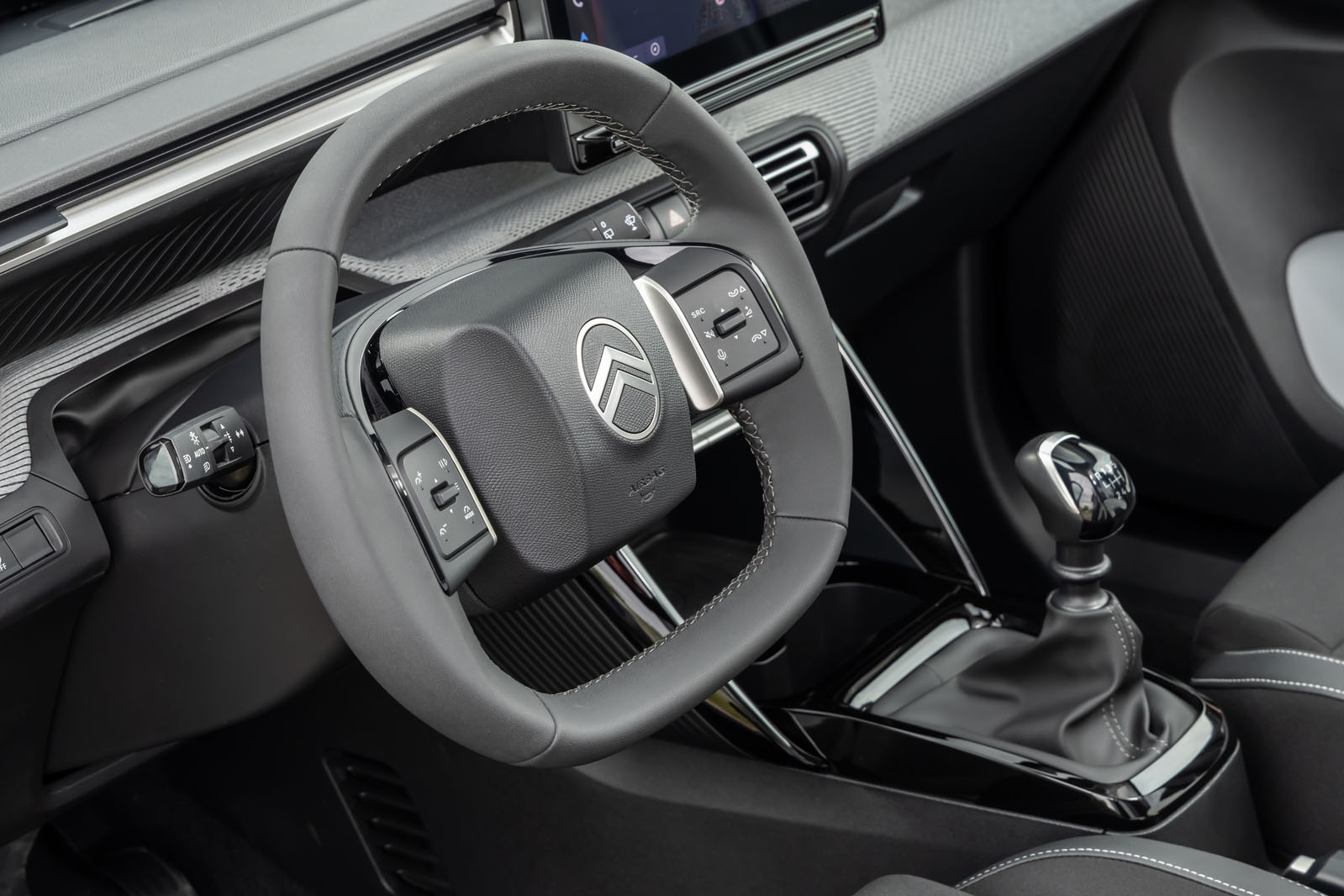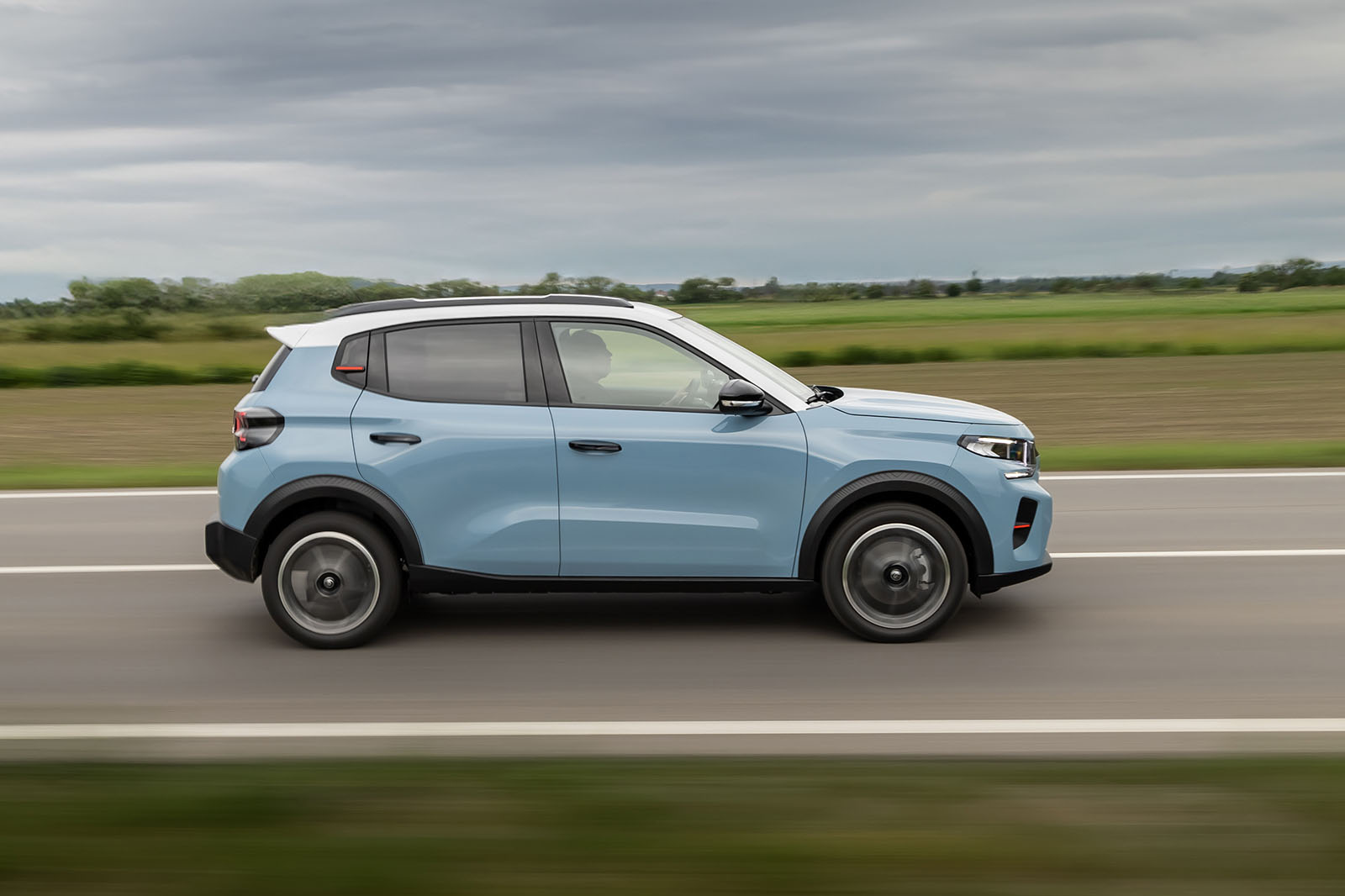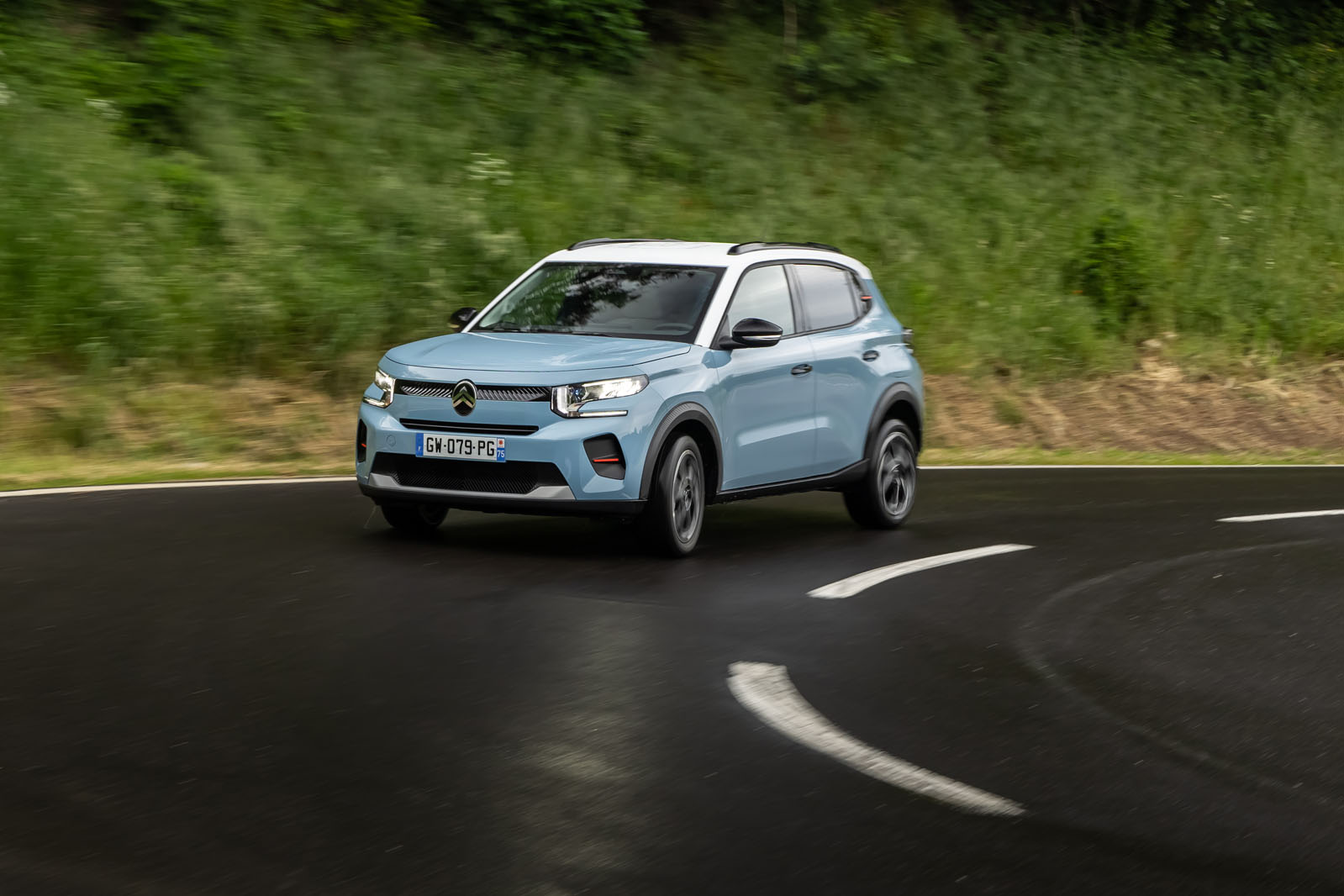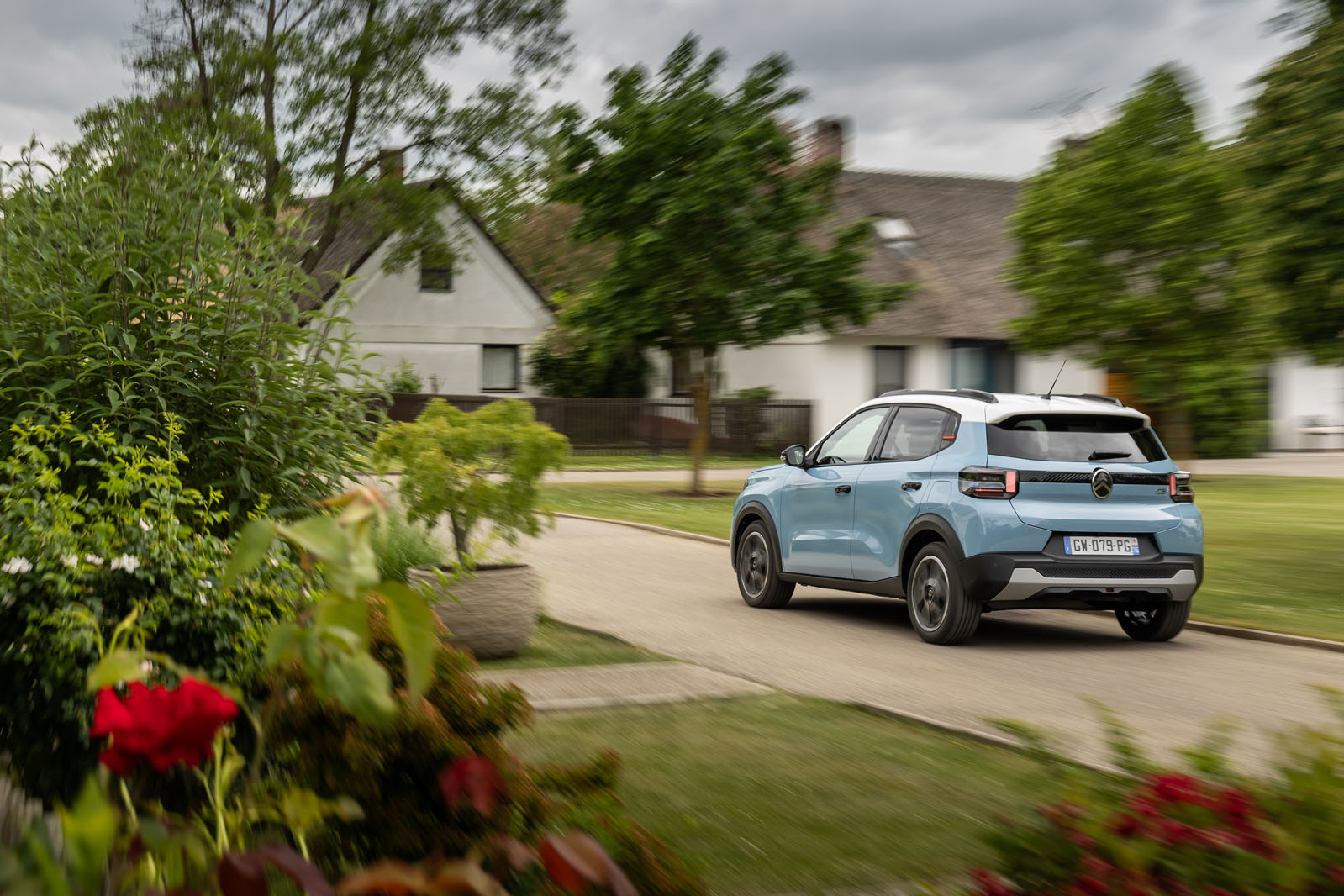The Ford Fiesta may be dead, yet its rivals have taken the initiative by trying to make a new supermini that becomes the default choice in the class.
New Renault Clio, Suzuki Swift and MG 3 models have all been launched in recent months to try to take the Fiesta's crown, and now the new Citroën C3 is making its bid.
The C3 is a visually identical petrol-powered sibling to the new Citroën ë-C3 that is being launched at the same time, the two also sharing a new architecture called ‘Smart Car’ that’s designed to keep costs down.
And it does just that: the new C3 is generously equipped and a newer model still manages to undercut the entry-level Renault Clio.


